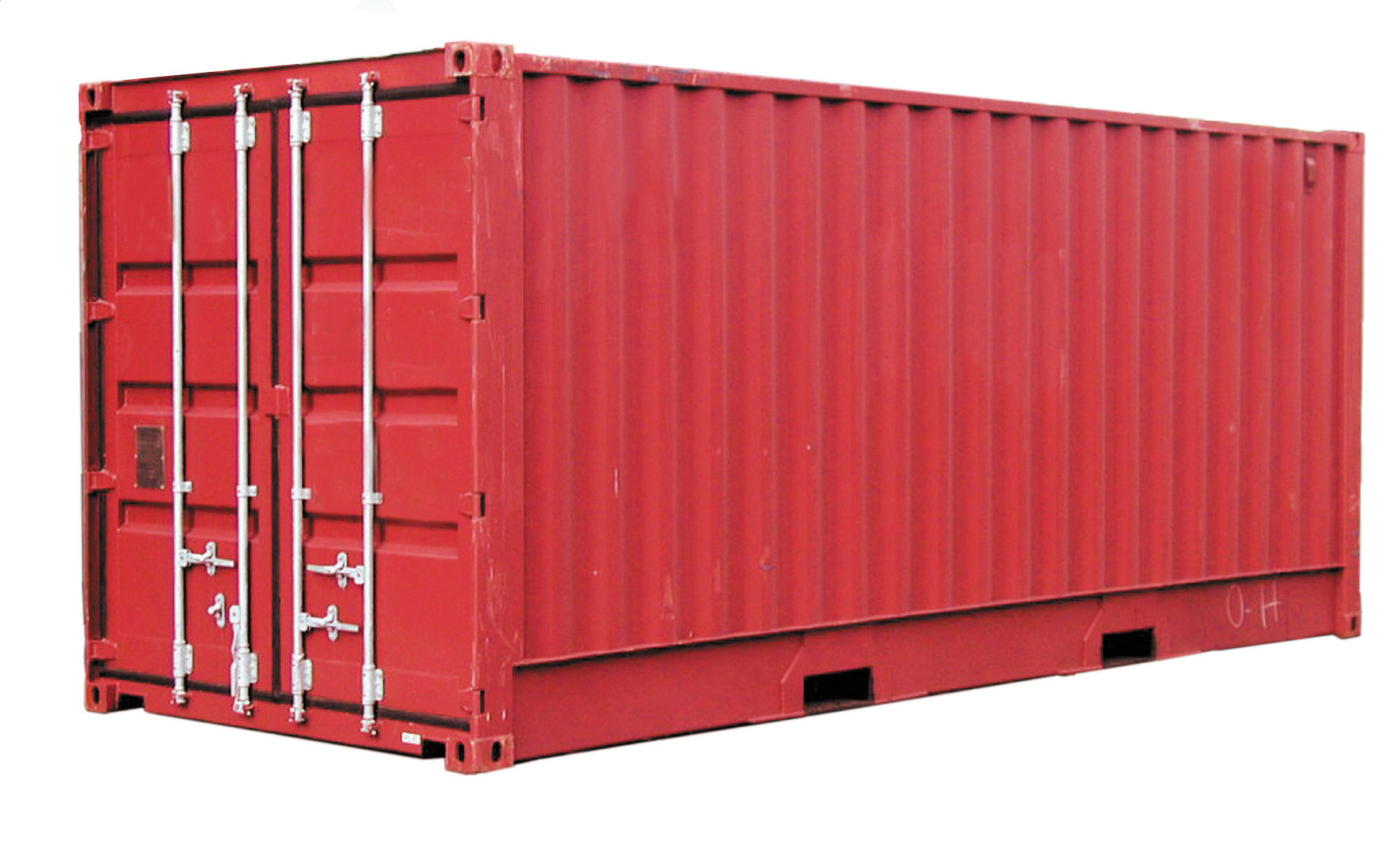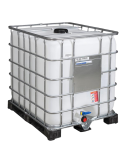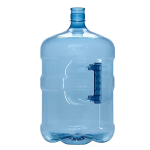An intermodal container, often called a shipping container, is a large standardized shipping container, designed and built for intermodal freight transport, meaning these containers can be used across different modes of transport – from ship to rail to truck – without unloading and reloading their cargo.[1] Intermodal containers are primarily used to store and transport materials and products efficiently and securely in the global containerized intermodal freight transport system, but smaller numbers are in regional use as well. These containers are known under a number of names, such as simply container, cargo or freight container, ISO container, shipping, sea or ocean container, sea van or (Conex) box, container van, sea can or c can.[nb 1]
In 2012, there were about 20.5 million intermodal containers in the world of varying types to suit different cargoes.[4][nb 2] Containers have largely supplanted the traditional break bulk cargo – in 2010 containers accounted for 60% of the world’s seaborne trade.[7][8] The predominant alternative methods of transport carry bulk cargo – whether gaseous, liquid or solid – e.g. by bulk carrier or tank ship, tank car or truck. For air freight, the lighter weight IATA-defined unit load device is used.
As useful as ever and really nice to play with.





























































































































































































































































